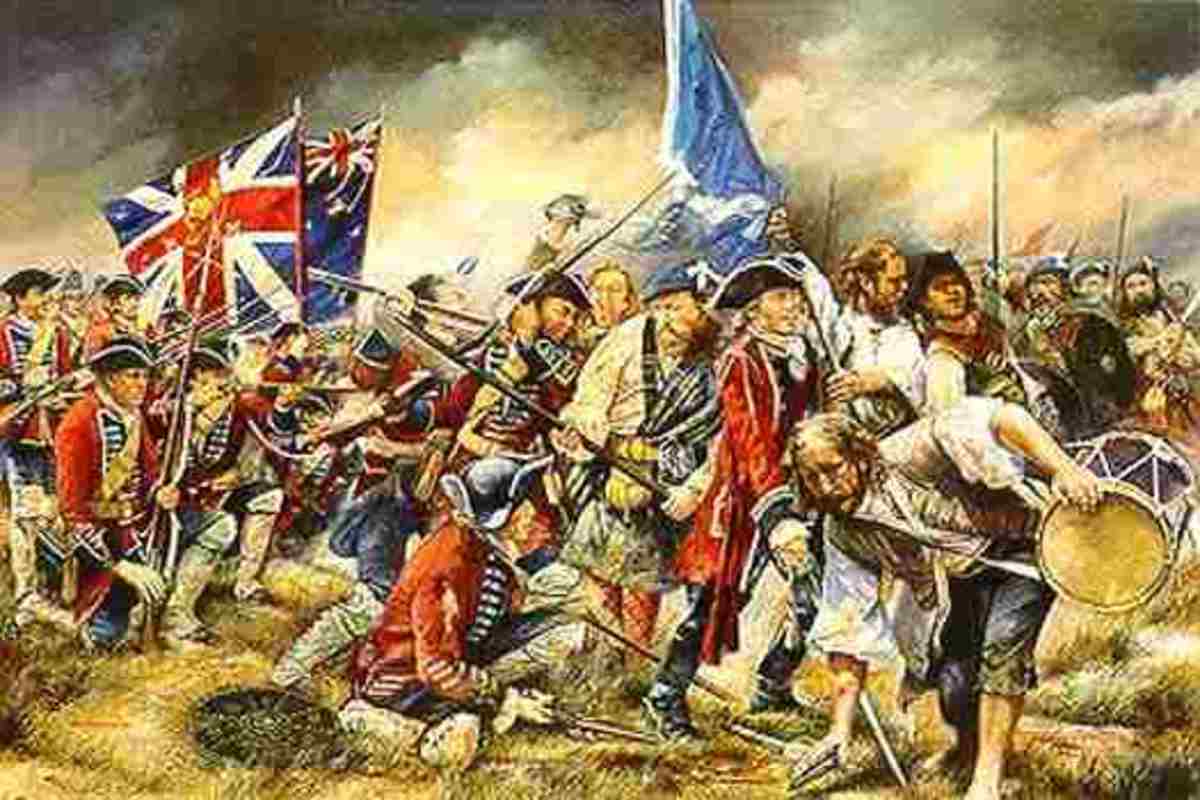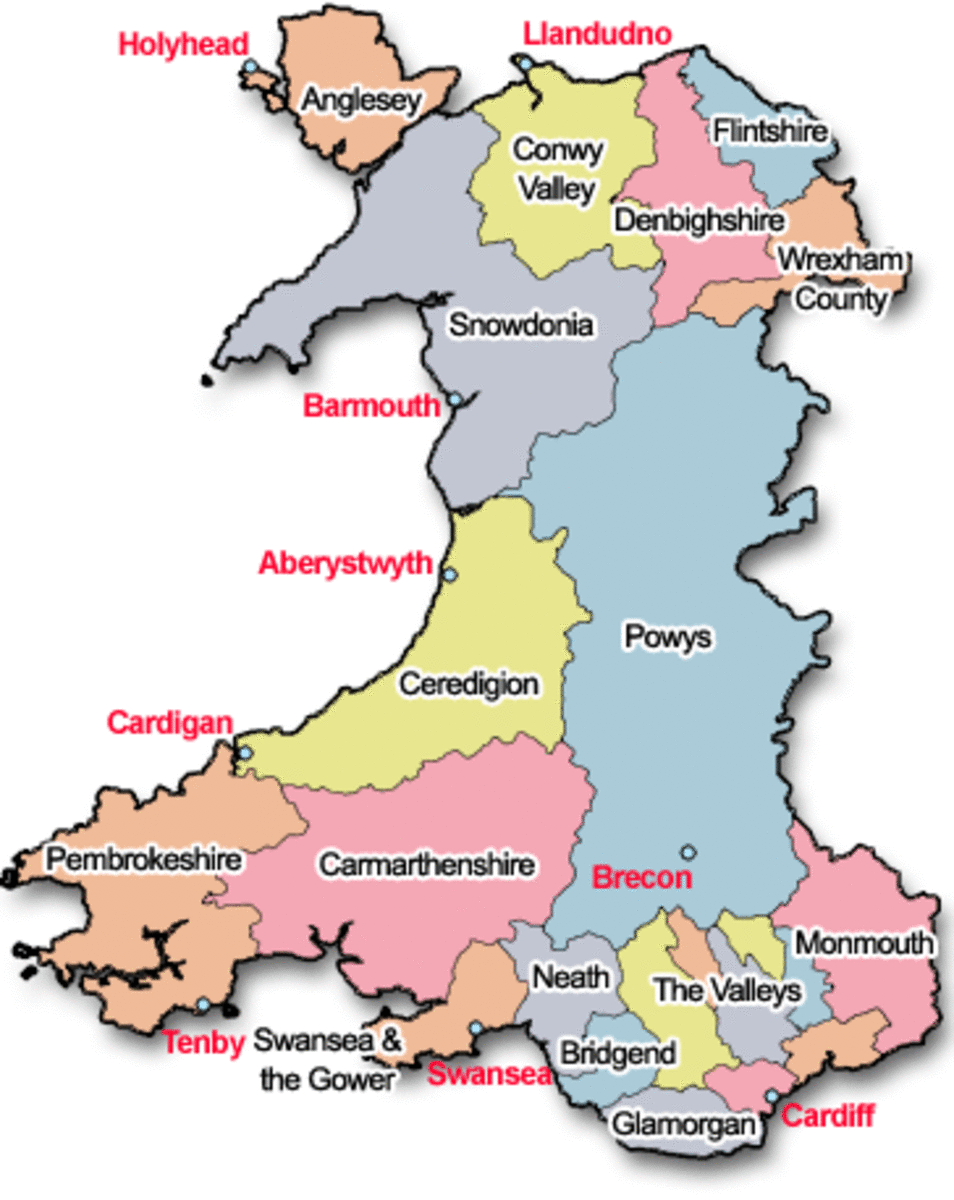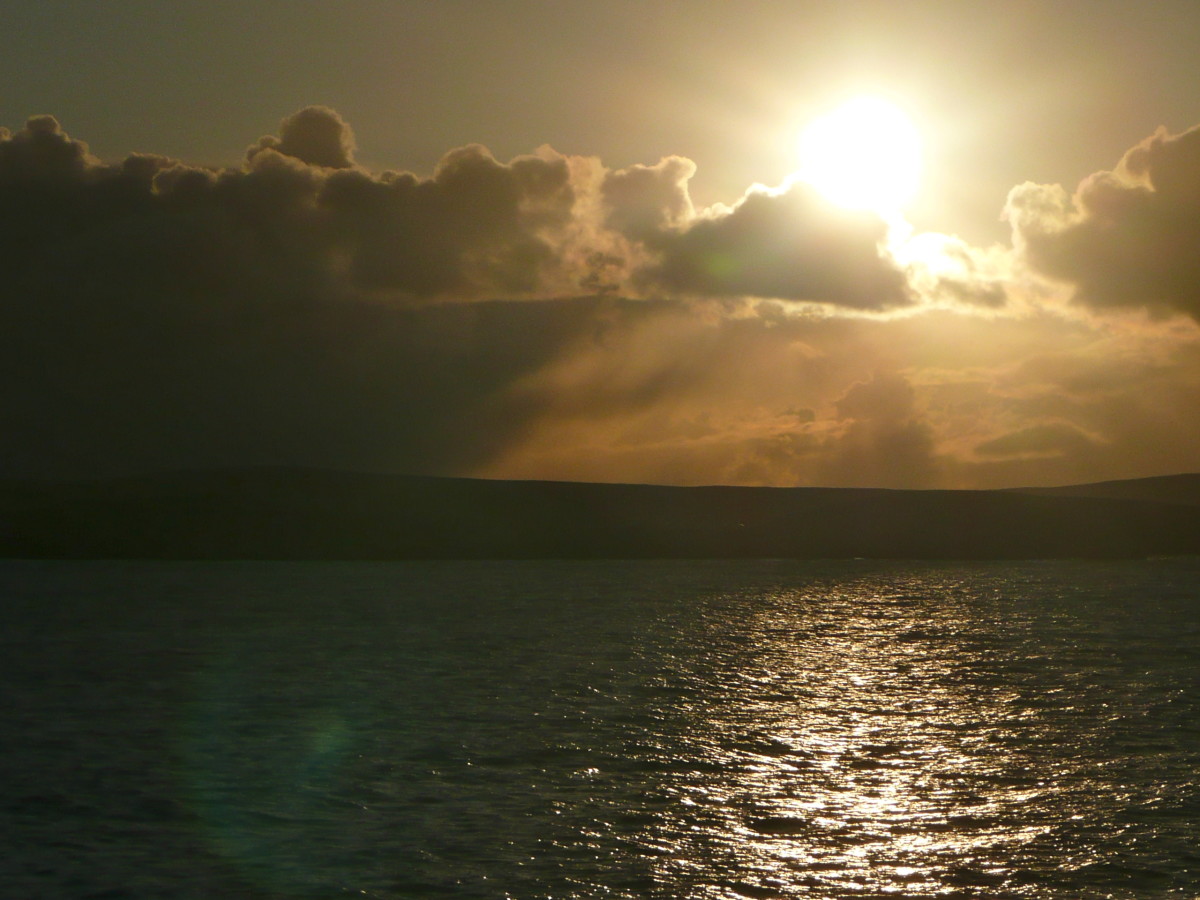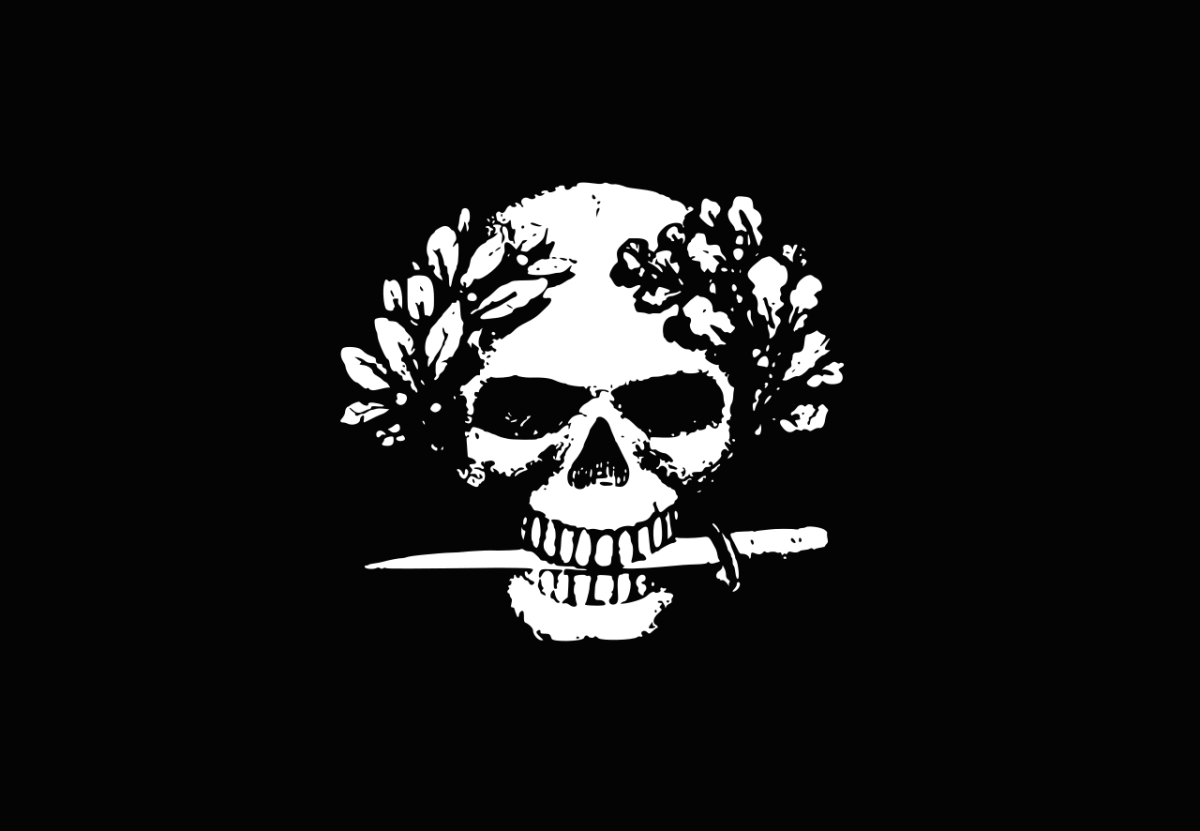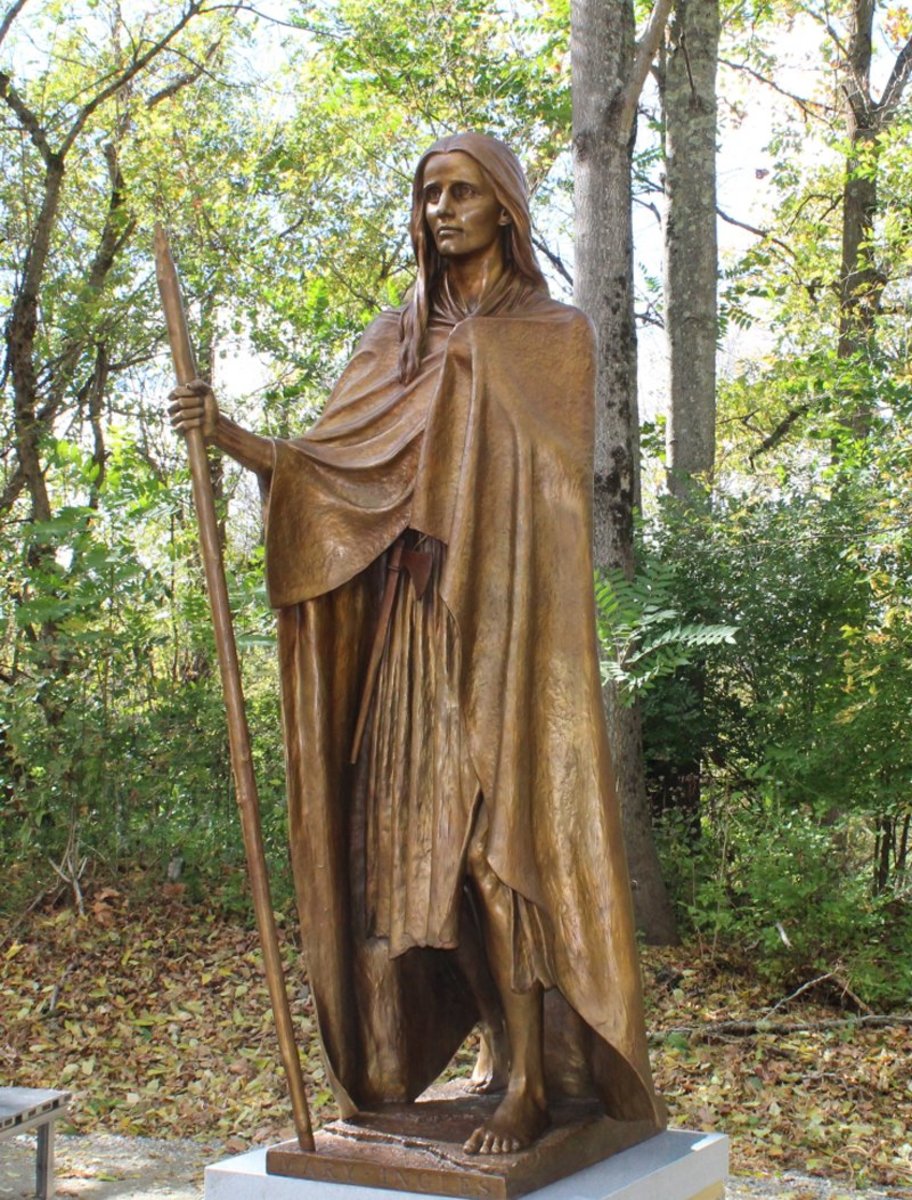King Edward 1st - Longshanks
Longshanks
King Edward 1st, 17 June 1239 – 7 July 1307, also known as Edward Longshanks and the Hammerof the Scots, was King of England from 1272 to 1307. Son of King Henry 3rd, Edward became involved in a rebellion by the English Barons against his Father. In 1259 he briefly sided with a baronial reform movement, supporting the Provisions of Oxford. These Provisions were installed by a group of barons led by Simon de Montfort 6th Duke of Leicester, and were later regarded as England's first written constitution. The provisions forced King Henry to accept a new form of government whereby power was placed in the hands of a council of twenty four members, 12 to be selected by the crown and 12 by the barons. The twelve selected from each side, were to pick two more men to oversee all decisions made by the twenty four. The selected men were to supervise ministerial appointments, local administration and the custody of royal castles. Parliament would meet three times a year, and would monitor the performance of this council. Its significance was that, for the first time, the English Crown was forced to recognize the rights and powers of Parliament.
A written confirmation of the agreement was sent to the sheriffs of all the counties of England in Latin, French and, significantly, in English. The use of the English language was symbolic of the Anglicanisation of the government of England as the Provisions were the first government document to be published in English since the Norman Conquest, two hundred years before.
The Provisions of Oxford were replaced the next year by the Provisions of Westminster but this time Henry threw them out, backed up by the Pope. This was the start of the second Baron's War 1263-1267, which the King won. In 1266 the Provisions were annulled for the last time.
Edward was reconciled with his father before the second Baron's War and he remained loyal throughout the subsequent armed conflict. After the Battle of Lewes, Edward was hostage to the rebellious barons, but he escaped after a few months and joined the fight against Simon de Montfort. De Montfort was defeated at the Battle of Evesham in1265, and he was killed on the field of battle and his body mutilated. Before much longer, the rebellion was crushed. Edward then went on a crusade to the Holy Land and it was when he was on his way home home in 1272, he was informed that his father had died. Making slow progress across Europe, he reached England in 1274 and he was crowned king at Westminster on 19th August.
Edward 1st
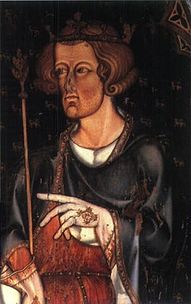
Edward Longshanks
Edward First was a tall man for his era, thus he was called Longshanks. He also had a fierce temper and this, along with his height, made him intimidating and he instilled fear in friend and foe alike.. He held the respect of his subjects though, because of the way he embodied the medieval ideal of kingship, both as a soldier and a man of faith. Edward is credited with many accomplishments during his reign, including restoring royal authority after the reign of Henry 3rd, establishing parliament as a permanent institution, thereby instigating a functional system for raising taxes and reforming the law through statutes. He is also criticised for some of his other actions, such as his brutal conduct towards the Scots, and the expulsion of the Jews from England in 1290.
The Wesh Problem
Llewellyn, Prince of Wales gained advantage after the Barons' War. Through the Treaty of Montgomery, the land he had obtained by conquering was recognised in his title of Prince of Wales. Armed conflicts still continued, in particular with the dissatisfied Earl of Gloucester, Roger Mortimer and Humphrey, Earl of Hereford. It didn't help when Llewelyn's younger brother Dafydd and his associates, failed in an assassination attempt against Llewelyn, defected to the English in 1274. As there were ongoing hostilities with the Lords, and the English king harbouring his enemies, Llewelyn refused to do homage to Edward. Edward was further provoked when Llywelyn planned his marriage to Eleanor, Simon de Montfort's daughter. In November 1276 war was declared against the Welsh. It was started by the Lords, Mortimer, Lancaster and the Earl of Warwick. In July 1277 Edward invaded with a force of 15,500 including many thousands of Welshmen. Llewelyn's campaign was weak and he soon realised he had no choice but to surrender. In November 1277, he was left with only with the land of Gwynedd, though he was allowed to retain the title of Prince of Wales. War broke out again in 1282 but this time it was an entirely different undertaking. For the Welsh this war was over national identity, by attempts to impose English Law on Welsh subjects. Now it was a war of conquest for Edward rather than a punitive expedition like the earlier campaign. Dafydd started the war as he was upset by the tiny reward he had received from Edward in 1277. Llewelyn and other Welsh chieftains soon joined in, and the Welsh were successful. In June, Gloucester was defeated, then on 6th November, while the Archbishop of Canterbury was conducting peace negotiations, Edward's commander of Anglesey decided to carry out a surprise attack. A bridge had been built to the mainland, but after he and his men crossed it, they were ambushed by the Welsh, and suffered heavy losses. The Welsh advances ended on 11th December when Llewelyn was lured into a trap and killed at the Battle of Orewin Bridge. The Welsh submission was complete with the capture of Dafydd in June 1283, who was taken to Shewsbury and executed as a traitor the following autumn.
Caernarfon Castle
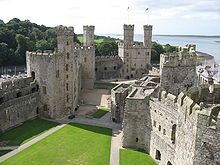
The Scottish Problem
Scotland had developed a feudal kingdom similar to England. Celtic tribal culture spread from the lowlands to the Highlands. When the Scottish king, Alexander III died, Edward negotiated a deal where Margaret, Maid of Norway the legitimate heir to the Scottish crown, would be brought to England and she would marry his oldest son, the future Edward II. However, Margaret took ill and died en route to England in 1290, leaving succession in Scotland disputed. Thirteen people claimed the throne, including Robert the Bruce and John Balliol.
Edward was asked to intercede in the dispute and he insisted that, if he were to settle the matter, he had to be fully recognised as Scotland's feudal overlord. The Scots were reluctant to do this and replied that since the country had no king, no one had the authority to make this decision. This problem was overcome when all the candidates agreed that the realm would be handed over to Edward until a rightful heir had been found. After a lengthy hearing, a decision was made in favour of John Balliol on 17November 1292. After Balliol's accession, Edward continued to assert his authority over Scotland. Despite the objections of the Scots he decreed that he would hear appeals on cases ruled on by the court of guardians that had governed Scotland when they had no ruler. A further provocation came in a case he judged when Edward demanded Balliol appear in person before him to answer charges. This the Scottish king did, but the final straw for the Scots was when Edward demanded that the Scots provide military service in his war against France. This was totally unacceptable to the Scots and they rebelled by forming an alliance with France, and launched an attack on Carlisle. Edward responded by invading Scotland in 1296, and taking Berwick in a particularly bloody attack. At the Battle of Dunbar, Scottish resistance was crushed and Edward confiscated the Scottish coronation stone – The Stone of Destiny and took it to Westminster. He deposed Balliol and threw him in the Tower of London, installing an Englishmen to govern the Scots.
The situation in Scotland had seemed resolved when William Wallace incited a rebellion in 1297 and defeated a large English force by his much smaller Scottish army at Stirling Bridge. The defeat sent shock waves into England, and preparations for a campaign started immediately. Edward headed north and on 22nd July 1298, he defeated Wallace's forces at the Battle of Falkirk. Edward became complacent, and the next year the Scots managed to recapture Stirling Castle. After that the Scots would not engage in open warfare but instead started to raid the English countryside in smaller groups. In 1303 a peace agreement was reached between England and France which put an end to the Franco-Scottish alliance. Robert the Bruce, grandson of the claimant to the crown in 1291, had sided with the English in the winter of 1301–02, and by 1304 most of the other Scottish nobles had also pledged their allegiance to Edward. In 1304, the English re-took Stirling Castle. In 1305, William Wallace was betrayed by one of his own men and turned over to the English, who had him taken to London where he was publicly executed.
On 10th February 1306, Robert the Bruce murdered his rival John Comyn, and a few weeks later, on 25th March had himself crowned king of Scotland. Bruce now started a campaign to restore Scottish independence, taking the English by surprise. Edward had started to suffer ill health by this time, and instead of leading an expedition himself, he gave responsibility of command to Aymer de Valence and Henry Percy, while the main royal army would be led by the Prince of Wales. The English were successful and on 19th June Aymer de Valence routed Bruce at the Battle of Methven. Bruce was forced into hiding while the English forces recaptured their lost territory and castles. Edward responded with severe brutality against Bruce's allies, as he now regarded the struggle not as a war between two nations, but as the suppression of a rebellion of disloyal subjects. Rather than helping to subdue the Scots, the brutality he showed had the opposite effect and rallied more support for Bruce. In February Bruce reappeared and started gathering men, and in May he defeated Aymer de Valence at the Battle of Loudoun Hill. Edward had rallied after his illness and he now moved north. On the way, however, he developed dysentery, and his condition deteriorated. On 6th July he camped at Burgh by Sands, just south of the Scottish border. His servants came the next morning to help him eat, and he died in their arms.
Edward's body was brought south, and after a lengthy vigil he was buried in Westminster Abbey on 27th October, 1307. The new king, Edward the Second remained in the north until August, but then abandoned the campaign and headed south. He was crowned king on 25th February 1308.
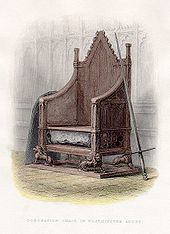
William Wallace
- The Real Braveheart: William Wallace
If you read my article about the historical Robert Roy MacGregor, you know Im into Scottish history. Ive always liked the movie Braveheart, which is about another highland hero, William Wallace....

